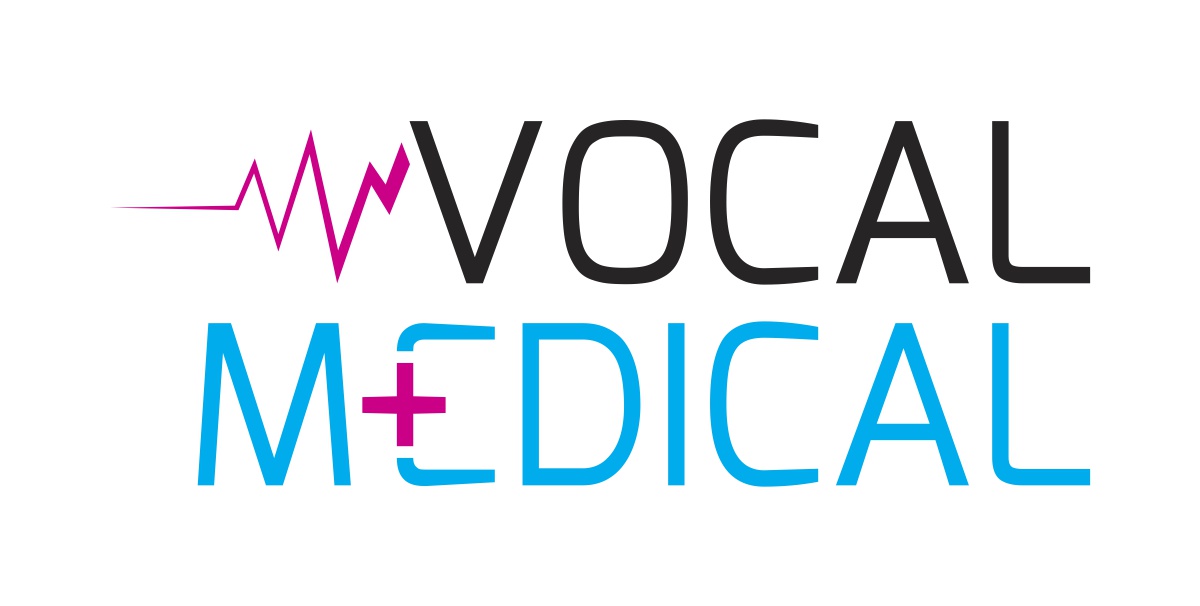Project description
The aim of the VOCAL-Medical project was to transfer innovation from Leonardo da Vinci TOI project VOCAL (2007-2009) and other relevant EU projects of the LLP 2007-2013 in relation to language learning in vocational contexts to a new vocational area, namely the medical sector.
It targeted professionals in the medical sector who needed to communicate with patients who were non-nationals in emergency situations where good communication skills could literally mean the difference between life and death. In doing so it responded to an increasing need to overcome language and intercultural barriers in the medical sector as a result of demographic changes and increased mobility. The main result of the project was a medical application for hospital/emergency staff available for both personal computers and mobile devices. The consortium consisted of 14 partners from 10 different countries.
Project website: vocal-medical.eu
Partners
Institute of Technology Tralee – Tralee, Ireland
Thomas More Kempen – Turnhout, Belgium
Danmar Computers – Rzeszów, Polska
Alcantara Communications LLP – London, United Kingdom
Germany – Intercultural – Paderborn, Germany
Slovak University of Technology in Bratislava – Bratislava, Slovakia
Faculty of Economics and Management, Kaunas University of Technology – Kaunas, Lithuania
Foundation Institute for Entrepreneurship and Regional Developement – Tenczynek, Poland
Srednja šola za gostinstvo in turizem Celje – Celje, Slovenia
Germany – Angela – Magdeburg, Germany
Paisii Hilendarski University of Plovdiv; Center for Languages and Intercultural Communication – Plovdiv, Bulgaria
METEGDER – Istanbul, Turkey
OPERACNE STREDISKO ZACHRANNEJ ZDRAVOTNEJ SLUZBY SLUZBY SLOVENSKEJ REPUBLIKY – Bratislava, Slovakia
The Royal College of Surgeons in Ireland – Dublin 2, Irleand


